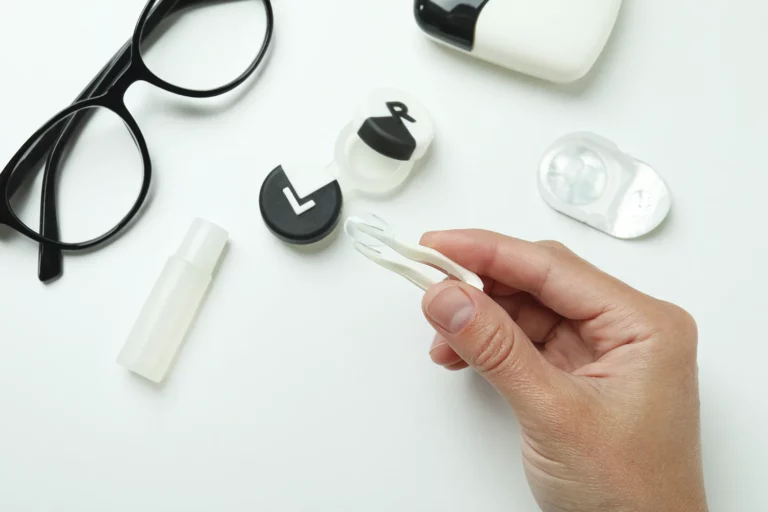Introduction to the Procedure
Fat injection, also known as fat grafting or autologous fat transfer, is a cosmetic procedure that involves harvesting fat from one part of the body and injecting it into another to enhance volume and improve contours. This technique is widely used for facial rejuvenation, breast augmentation, and body contouring. One of the primary benefits of fat injection is that it utilizes the patient’s own body fat, reducing the risk of allergic reactions or rejection. The procedure not only enhances aesthetic appeal but also offers the advantage of body sculpting by redistributing excess fat.
Stages of the Procedure
The fat injection process involves several key stages to ensure optimal results and safety:
- Consultation: The procedure begins with a thorough consultation where the surgeon evaluates the patient’s health, discusses aesthetic goals, and explains the procedure in detail. This is an opportunity for the patient to ask questions and set realistic expectations.
- Anesthesia: On the day of the procedure, the patient is given anesthesia, which may be local or general depending on the extent of the fat transfer and the areas involved.
- Harvesting Fat: The surgeon carefully extracts fat using liposuction techniques from areas with excess fat, such as the abdomen, thighs, or flanks. The harvested fat is then processed to separate healthy fat cells from other components.
- Injecting Fat: After processing, the purified fat is injected into the target area. This could be the face, breasts, buttocks, or other body parts requiring volume enhancement. The surgeon strategically places the fat to achieve a natural-looking contour.
- Closing and Recovery: Once the injections are complete, the surgeon may close any small incisions made during fat harvesting. Patients are then monitored for a brief period before being discharged with aftercare instructions.
People Eligible for the Procedure
Fat injection is suitable for a wide range of individuals:
- Those seeking volume restoration in areas such as the face, breasts, or buttocks.
- Patients who have sufficient excess fat available for harvesting.
- Individuals in good overall health with realistic expectations regarding the results.
- People who prefer a natural enhancement method, avoiding synthetic fillers or implants.
Preparation Before the Procedure
Proper preparation is crucial for the success of a fat injection procedure:
- Medical Evaluation: Patients should undergo a comprehensive evaluation to determine their suitability for the procedure and discuss any medical conditions or medications.
- Discontinue Certain Medications: Patients are often advised to stop taking blood-thinning medications, aspirin, and certain supplements that may increase bleeding risks.
- Avoid Smoking and Alcohol: Quitting smoking and avoiding alcohol for a period before the surgery can improve healing outcomes and reduce complications.
- Setting Goals: Clear communication with the surgeon about aesthetic goals and expectations can enhance the procedure’s success.
Instructions After the Procedure
Adhering to post-operative care instructions is essential for optimal recovery and results:
- Rest and Recovery: Patients should rest and limit strenuous activities for a few weeks following the procedure.
- Compression Garments: Wearing compression garments on the liposuction site may be recommended to reduce swelling and promote healing.
- Pain Management: Patients may be prescribed pain medications to manage discomfort and should follow dosage instructions carefully.
- Avoid Sun Exposure: Protecting the treated areas from sun exposure can help prevent complications and promote even healing.
- Follow-Up Appointments: Regular follow-ups with the surgeon are crucial for monitoring recovery and ensuring the best possible results.
The Result
The results of fat injection typically become apparent as swelling subsides and the body adjusts to the newly injected fat. Patients can expect a natural-looking enhancement in volume and contour in the treated areas. The longevity of results varies, as some fat may be absorbed by the body over time, but with proper technique, many patients enjoy lasting improvements.
Why the Procedure at Royal Clinic in Turkey
Choosing Royal Clinic in Turkey for fat injection offers numerous benefits:
- Expert Surgeons: The clinic boasts a team of experienced plastic surgeons specializing in fat grafting procedures, ensuring high-quality care and results.
- Advanced Technology: Royal Clinic utilizes the latest technology and techniques in fat injection, enhancing safety and effectiveness.
- Affordability: Turkey is renowned for providing high-quality medical services at competitive prices, making it an attractive option for patients seeking cosmetic procedures.
- Personalized Care: The clinic emphasizes personalized treatment plans, ensuring that each patient’s unique needs and goals are met.
- Comprehensive Packages: Royal Clinic offers all-inclusive packages for international patients, covering surgery, accommodation, and transportation, simplifying the experience.
Opting for fat injection at Royal Clinic can lead to natural and satisfying enhancements, combining aesthetic improvement with the benefits of body contouring for a harmonious appearance.





